In color printing, due to overprinting problems and ink-ink balance control problems, spot color ink printing is often used. It not only solves overprinting problems in printing, but also meets the quality requirements of innovative designs, and prints in the middle of the market. It's easier to master. Today it has played an important role in packaging printing, security printing, and map printing. However, spot color inks are convenient to use. Fast, but not all prints are adapted to printing with spot color inks, and the characteristics of the originals and inks must be taken into account before using them to achieve the desired results.
Spot ink characteristics and its main role in color printing
Spot color ink printing refers to not printing this color by printing CMYK four colors. Instead, it uses a specific ink to print the color. Spot color inks are specific color inks that have been pre-configured by the printer or produced by the ink factory.
Spot color ink applications have high accuracy, strong on-site performance, good opacity, and wide color gamut. Therefore, using spot colors can make colors more accurate, that is, color registration means accurate colors. In CMYK four-color printing, the use of spot color ink printing is mainly to use the characteristics of spot color ink to overcome some of the defects of four-color printing.
(1) In order to make it possible to print on the printed matter some visible light colors other than the color gamut of the CMYK four-color printing ink. CMYK four-color printing OJ ink color gamut and visible light color shed compared to the obvious lack of, while the spot color ink color gamut is wider than the CMYK four-color printing ink color, it can be expressed in many colors other than CMYK four-color ink.
(2) Make up for the lack of printing technology. Due to the errors in various processes in the overall printing process, equipment maintenance, operating environment, human omissions and mechanical wear and other issues, it is difficult to get even and smooth dot colors when printed at 153 or less outlets. At this time, if you use the same color full version color (ie spot color field) instead of small dots to print, you can easily get a flat large area color. In addition, sometimes in order to be able to clearly show the fine text, such as the fine strokes mixed color graphics or introverted lines, etc., also often use spot color processing fine lines bJ can be sufficiently realistic and delicate.
(3) To solve several defects of CMYK four-color color printing.
1 pool ink concentration 0-1 title: Mountain in the conventional printing ink concentration is only about 1.6, not reach such as photo density (2.0), slide density (2.8) and so on. For the problem of insufficient ink printing density, secondary colors such as RGV two colors may be added in addition to the four colors, so that the secondary colors have a concentration of about 2.0 to 2.2. However, special attention should be paid to the special color version of the RGV outside the four colors so as to increase the concentration of the RGV in the overlap.
2 The outlets in the light department are too small, and the alienation is not thick: the performance of the light part to the intermediate tone is not as strong as the printed full-color version. You can use ultra-fine 300 lines, and the 400 lines use the Internet to make up, but because of this super Thin lines are not well printed, which can result in poor overall tone. Can be changed to four-color printing, in the light part of the network percentage drop, by LC light blue, LM light magenta, etc. to fill the thick sense of light. Some use LB gray ash, LR light peach, LC, light green, LV light purple and other secondary colors light color printing, but to master the complementary color concentration and subtract the original four-color version of the dot percentage. As for the use of light colors in the dark part, the concentration may be slightly less, but only about 0.1%.
3 Because the color of the ink is insufficient and the turbidity is too high, the thick and vivid color cannot be expressed: For the lack of ink color, most of them occur in the four-color version of the secondary color RGB, so Pantone has a special orange and green special color increase method, which includes The plate making software program and the designated ink color become a complete package to increase the chroma scheme. Use software such as Photoshop to replace RGB in the four-color version of RGB.
4 The special colors and effects such as fluorescent color and metallic color cannot be expressed: the fluorescent color and the metallic color are expressed. The basic factory has designed the reflective draft to have the fluorescent color. Colors are printed in full or at a high percentage of dots. Generally, before the color is printed in four colors, the opaque color is printed first, so that it does not produce too much masking effect, but also pays attention to color reproduction. As far as the special fluorescent and metallic colors are already in the field of four-color or color reproduction, the designers and the printing conditions must be closely coordinated to do a good job.
Problems to pay attention to using spot colors
The non-standard spot color set in the opponent's design is not necessarily accurately adjusted by the printing factory, and the exact color cannot be seen on the screen. Therefore, if it is not a special requirement, it should not be easy to use its own defined spot color. To use spot-color inks for printing, it is generally necessary to consider them fully before printing. For example, common gold and silver printing, because they cannot be achieved by four-color printing, are processed in spot colors, ie, gold and silver inks. In the prepress production, the film should also be a spot color film, a separate film, printing. In prepress production, you should define a color to represent gold and silver, and define the color type as a spot color to meet the design requirements. Since gold and silver are opaque, gold and silver content can be set to imprint when the juice is set. To sum up, when using spot color printing in color printing, pay attention to the following issues.
(1) The unity of spot color names. In different software, the names may be different for the exact same two colors. For example, FreeHand named PANIonEI IF5 as PAN~ONE 1F$CVC. In this way, when placing a FreeHand graphic object in a Page-Maker layout, the same color will have three names. When the color separation is output, three printing plates will be generated, resulting in an output error. Therefore, if the data file needs to be used in more than two kinds of software, before the integrated color separation output, it must be noted that the use name of the same spot color must be unified. The more common method is based on the name of the color in the software. The name of the same spot color is renamed as a unified name in the palette of various software.
(2) spot color screen angle. Since spot color printing is usually done in the field rather than dots, little mention is made of spot color screening. However, in the case of using a light-colored screen, there are problems with the design and modification of the spot-screening angle of the spot-color dots. If there is an overprint area between the dot color of the outlets and the colors printed by other outlets, the issue of spot color screening must be considered. However, if the angle between the screening angle of the spot color dots and other color screening angles is less than 30 degrees, a collision will occur and a moire will occur. If the angles overlap each other, ink overprint problems will result, which will result in prints. The color is seriously distorted. Therefore, the spot color of the spot color is usually preset as a decay in the software. This is because 45 degrees is the most comfortable angle for human eyes, so that the dots can be arranged in the same direction as the horizontal and vertical lines. The human eye's ability to detect outlets. If it is a two-tone image or data file, it is printed with four colors and black (usually in four-color screen printing, the black dot is placed at 45 degrees, yellow is 0 degrees, crystal red is 15 degrees, and blue is 75. Degrees,) There are spot colors, or there are two with 1: Spot color. When color separation is screened, e9 will output at 45 degrees. Therefore, when using shallow nets for spot colors, if it is possible to overprint with other screen colors, you must open the dialog box for software color settings or print settings during color separation output to modify the spot color screen angle.
(3) The conversion of spot color to four-color printing. Sometimes the graphic design will use the colors in the spot color library to define the color and perform the coloring process, and in the color separation, it will be converted into the printing four colors of the CMYK. At this time, we must pay attention to three problems: 1 Because the color gamut of the spot color is larger than the color gamut of printing, some color information will be lost during the conversion process, so some spot colors cannot be completely true; 2 must be selected at the time of output. Spot color conversion to four colors, otherwise it will lead to output errors; 3 CMYK color numerical ratio displayed next to the spot color number is not the proportion of CMYK four colors at the time of printing, that is, the four color ink with this ratio cannot be printed and reproduced. Spot color effect. Therefore, if printed at this ratio, the color of the product and the required spot color will have a large difference in hue.
(4) Spot color trapping processing. Since spot color printing is different from CMYK four-color day, brush, therefore, in addition to the design of the use of a certain number of spot color overlay printing superimposed to produce a third color, and this superimposed color is full, heavy and real, so the definition of In addition to color printing, the use of two overprints do not generally produce a color, because the printed colors appear dirty. Therefore, instead of using the OverPrint method, K~paway is used. In this way, when spot colors are used, as long as there are other colors next to spot color patterns, consideration should be given to the processing of trapping 1 to prevent the occurrence of dew-white problems. In spot color printing, effective trapping should accomplish the following tasks: 1. The understanding of spot colors and primary colors. At any time, as long as the two spot colors meet, trapping should be done. There are two primary colors encountered, it may not need to do trapping. If the colors are chosen correctly and there are enough CMYKs in the adjacent colors, you can combine them to produce a primary color transition. Don't worry about trapping. 2 careful design. The trapping process is at the core of the juice design decision. Whenever possible, design traps should be avoided during design. If this is unavoidable, proper choices should be made when applying colors so that the final trap value will not lose the fine details of the image or blur any type of image. 3 Note each object in the layout. Be prepared to review each page, every object, and every color in the layout. To ensure that the second trap value will be encountered is not lost the details of the image or make the font fuzzy.
(5) Spot color matching system. In computer prepress systems such as maps, there are a variety of computer color matching systems. When these color matching systems are selected, first, spot color systems and CMYK four-color printing systems should be separated to learn that selected systems are small. Whether there is a color conversion or color distortion in the color output. For example, the color zone system commonly used in graphics software includes Pantone, Tmmatch, Fo-cohone, ToyoColorFinder, and Anpn. Col-Or, RicColorGuide, etc., among them TRUMATCHFocolTonerAnpaColorr is a system developed on the basis of printing four colors, and others are systems of spot colors (PM-one system has both printing four colors and spot colors). This means that, in spot color matching systems such as Pantone spot colors, TotoColorFinder, and RicColorGuide, many of these colors have exceeded the four-color color gamut, and cannot be represented by four-color inks. The CMYK combination values ​​provided by the system are only approximate values. . So if you select the color of the spot color matching system, and then print it with four colors, or refer to the corresponding CMYK value that the spot color shows in the system, and replace these values ​​with four colors. Spot colors, the result will certainly make the color distortion; Second, it should be aware of the spot color matching system when doing color separation processing, unless there is no specific conversion of spot colors into CMYK four colors, otherwise, each used Colors are automatically divided into a single color version. Similarly, after the colors in the four-color matching system are used for coloring processing, they are automatically assigned to the four printing plates according to the CMYK ratio of the color itself when the color separation is output. Also, special attention should be paid to the fact that within the context of a dot-matrix diagram, the selected color (for example, a spot color) is automatically converted to the same color mode as the data file to which the color is applied (for example, spot color) (for example, CMYK four-color mode). ). Therefore, in dot matrix drawing software, spot colors must be added or specified intentionally (eg, adding and defining spot colors in Pbm (~h01)). If spot colors are applied as a hue to the entire image, The image is converted to a two-color fade mode and a spot color is applied to one of the two-color printing patterns; if a spot color is used for a specific area of ​​the image, a spot color channel must be created; and in the vector drawing environment, if a color is selected, Or define a spot color, the color will exist as a spot color, unless
Rust Color Corten steel Flower Planter
Corten steel flower pots&planter is made of corten steel,Which can be used to plant different kinds of flowers and widely used in garden. With the cone shape and simple design, it brings a new touch of style to your home or garden. Corten Steel Planter is designed in simple but practical, which is popular in Australia and European countries.
Our Corten steel planters are made using high quality corten steel. Specifications include 2.0mm thick corten steel on the side panels, laser cut, folded, welded and dressed.
| Name |
LRust Color Corten steel flower planter |
| Material | Corten steel |
| Size | 1500*500*600mm or customized |
| Steel thickness | 2mm |
| Packing | Pallet/carton/wooden box packing |
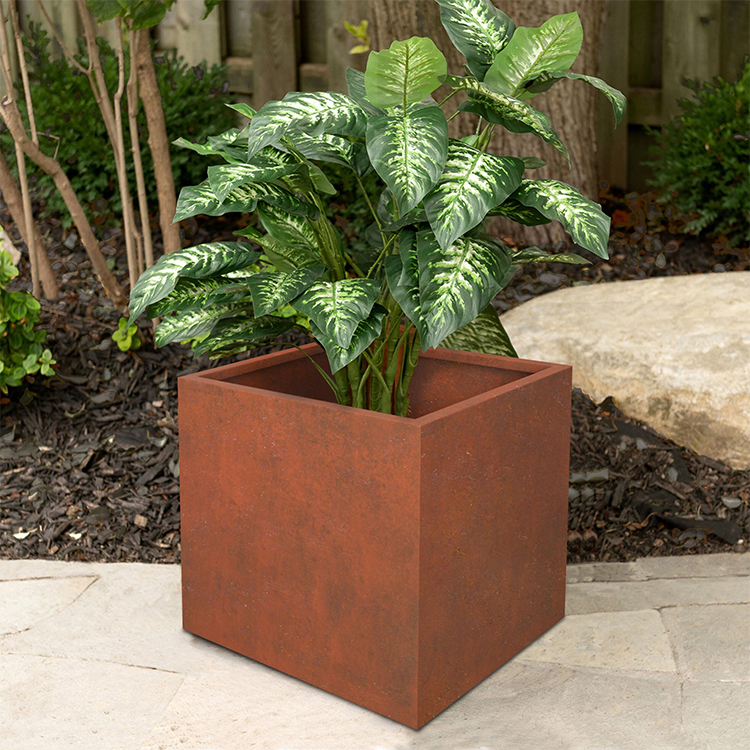
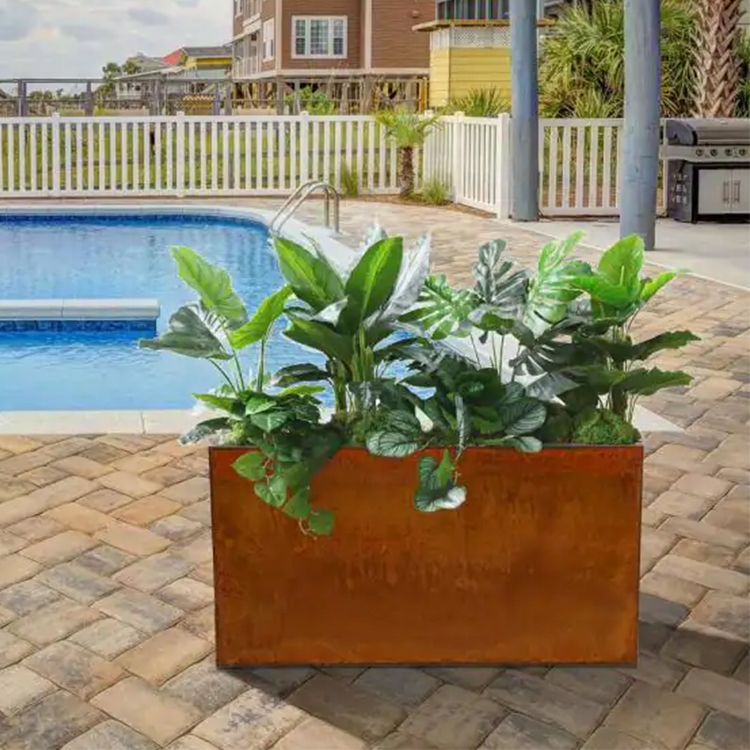
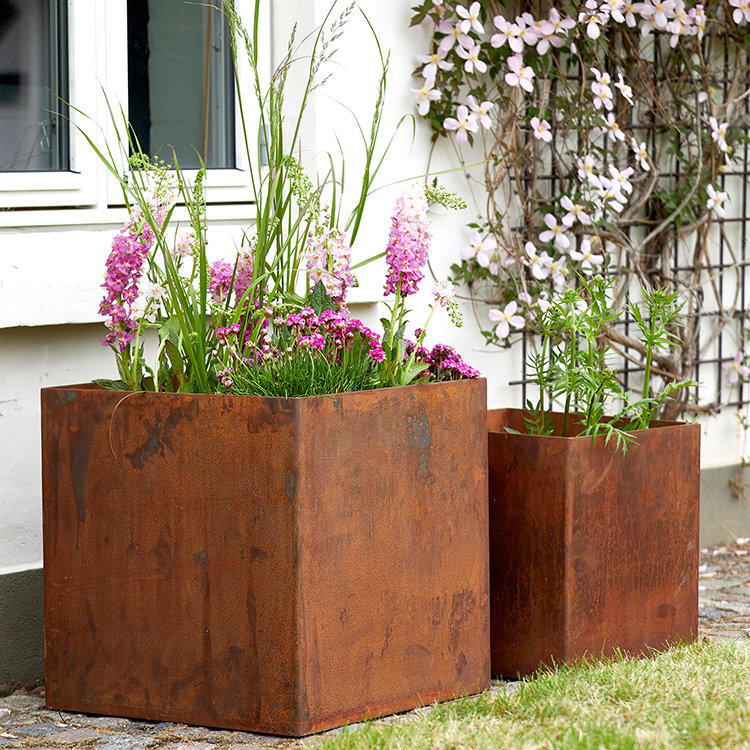
Packing
Packing will by pallet/carton/ wooden box,according to different demand.
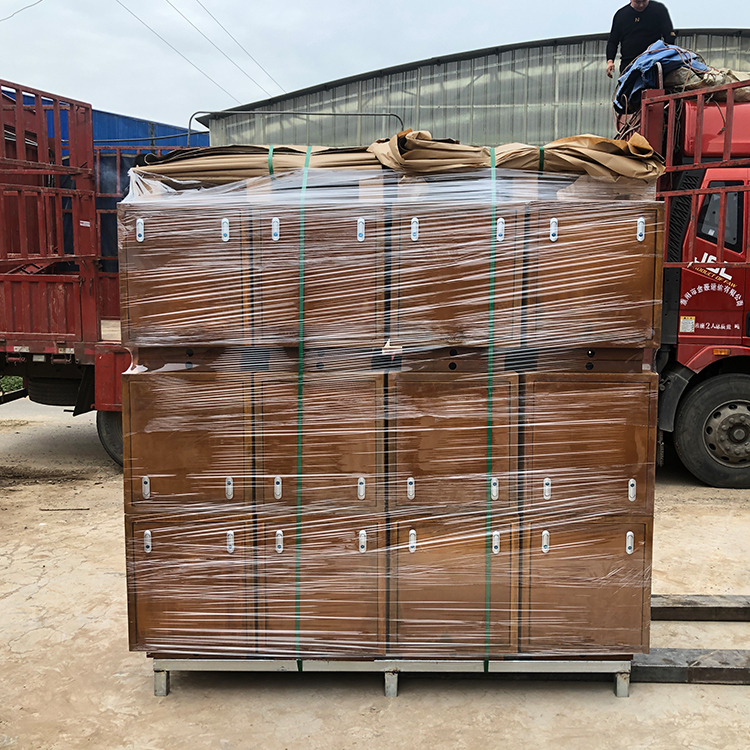
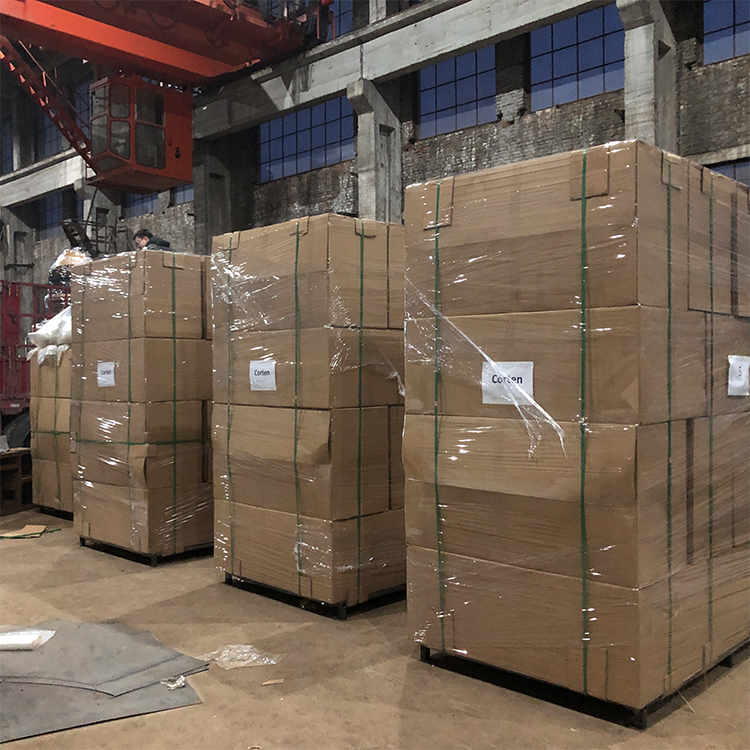
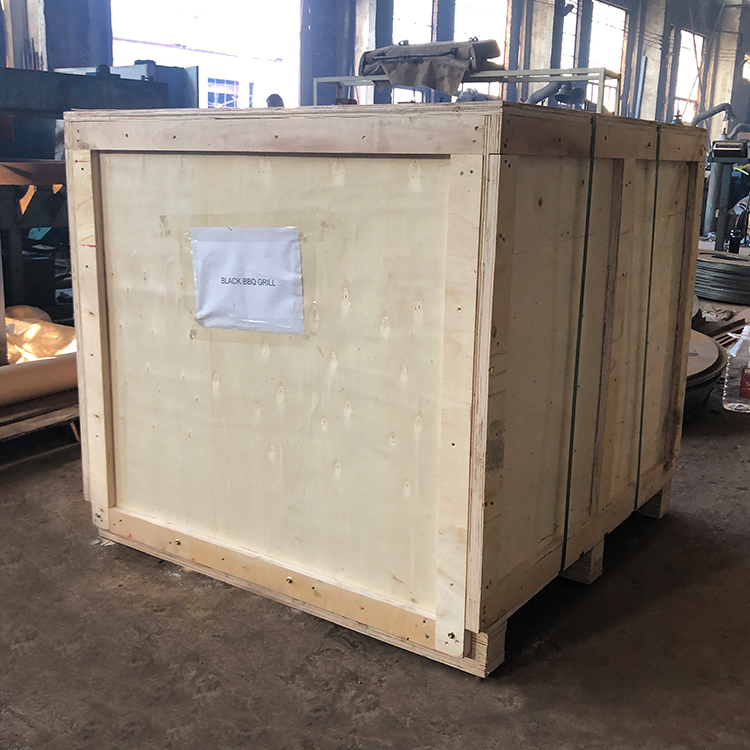
Corten Steel Flower Planter,Garden Plant Pots,Flower Pot Holder,Metal Plant Pots
Henan Jinbailai Industrial Co.,Ltd , https://www.hnjblbbq.com